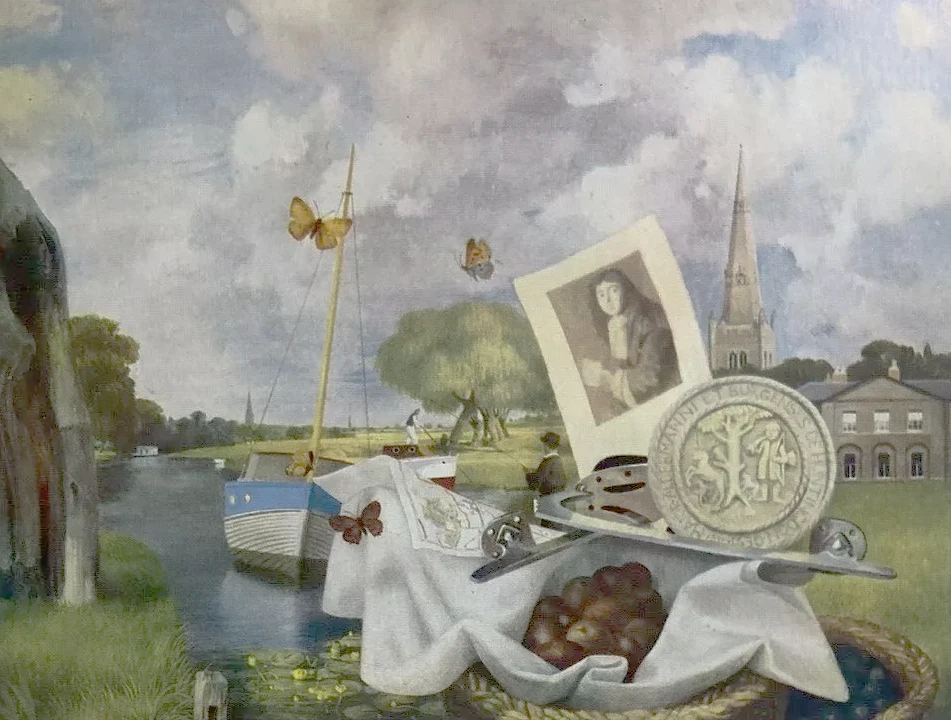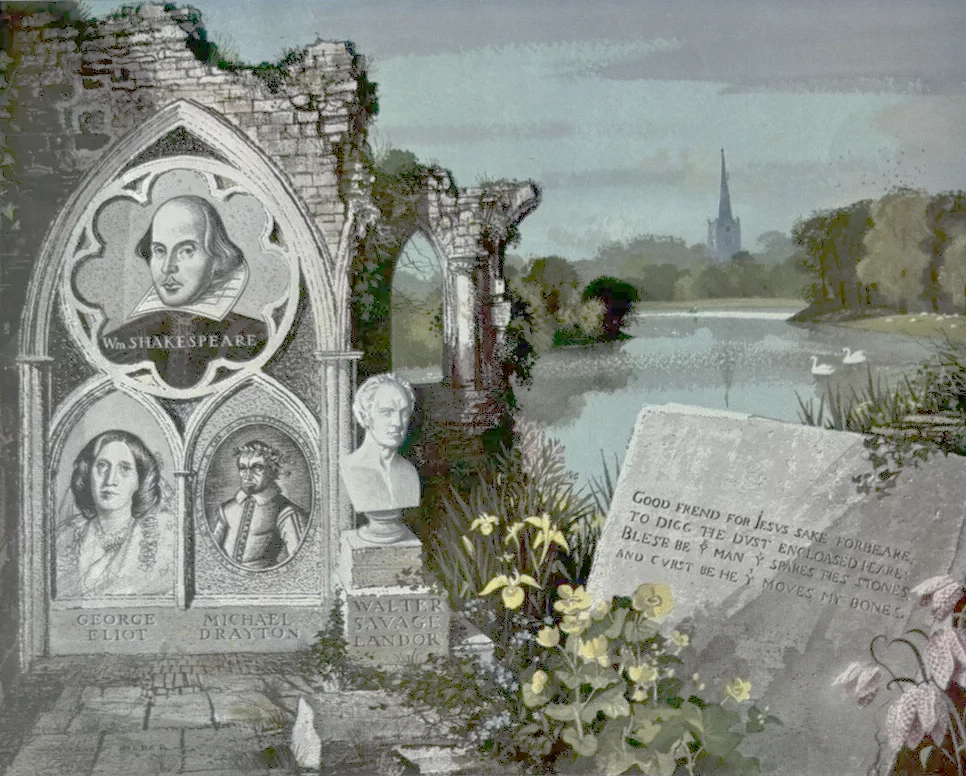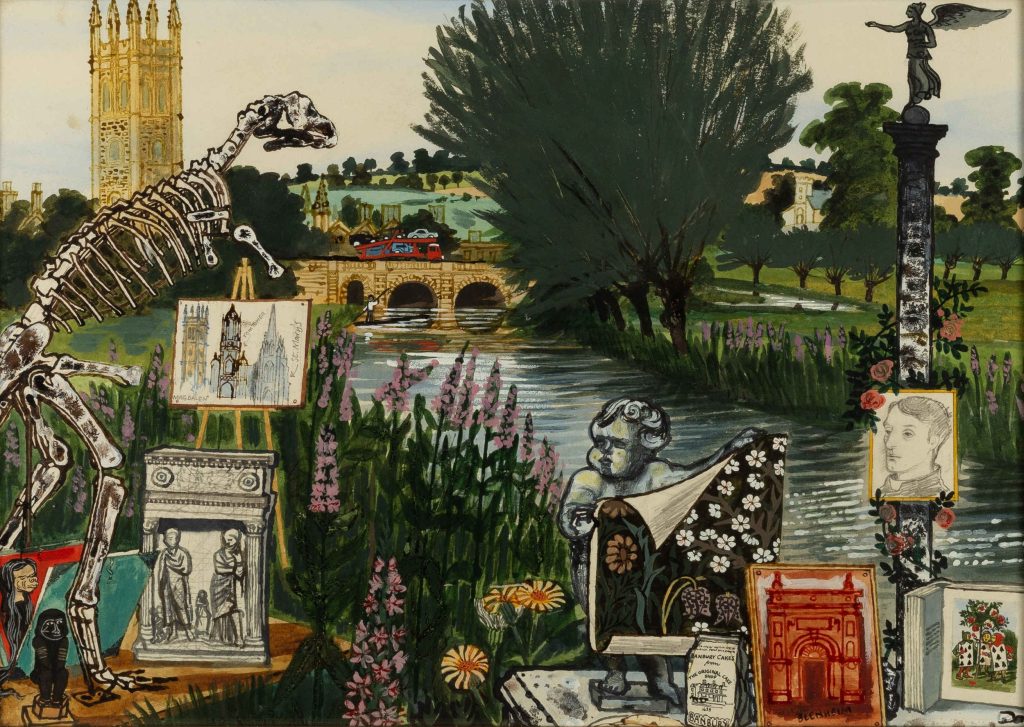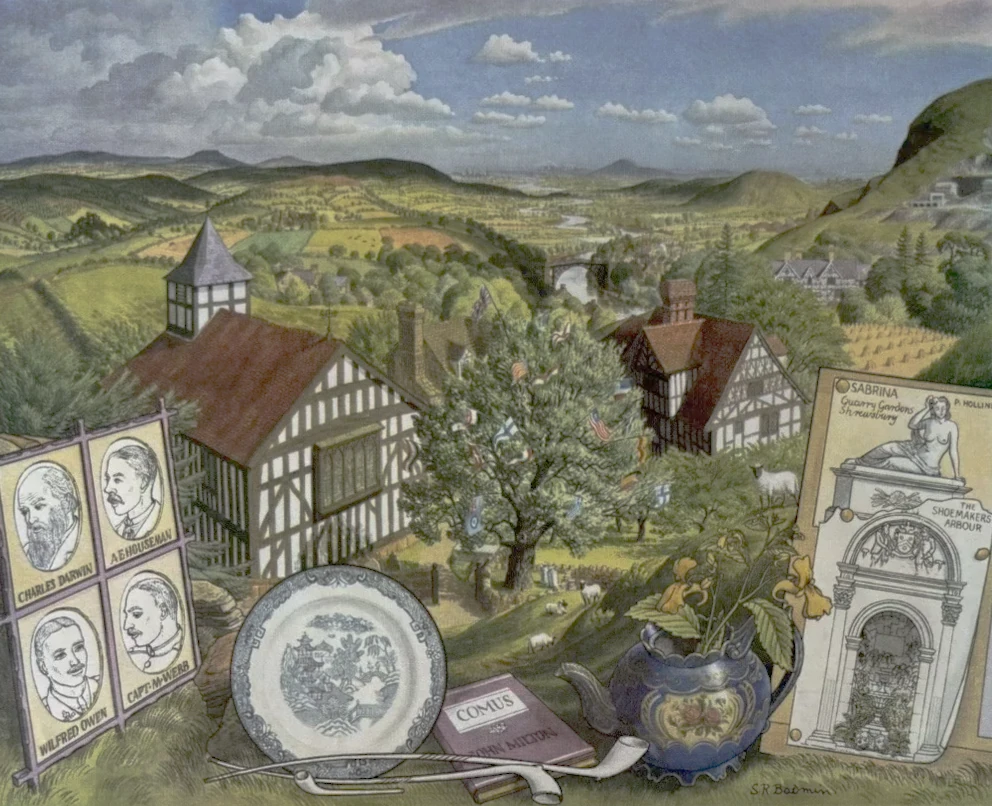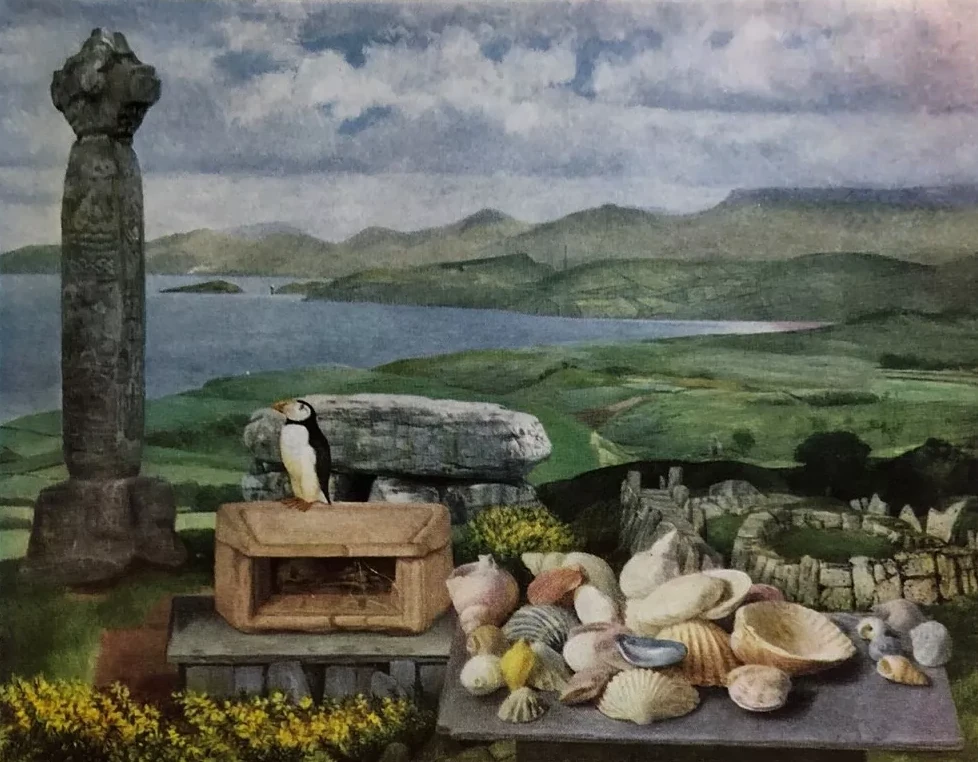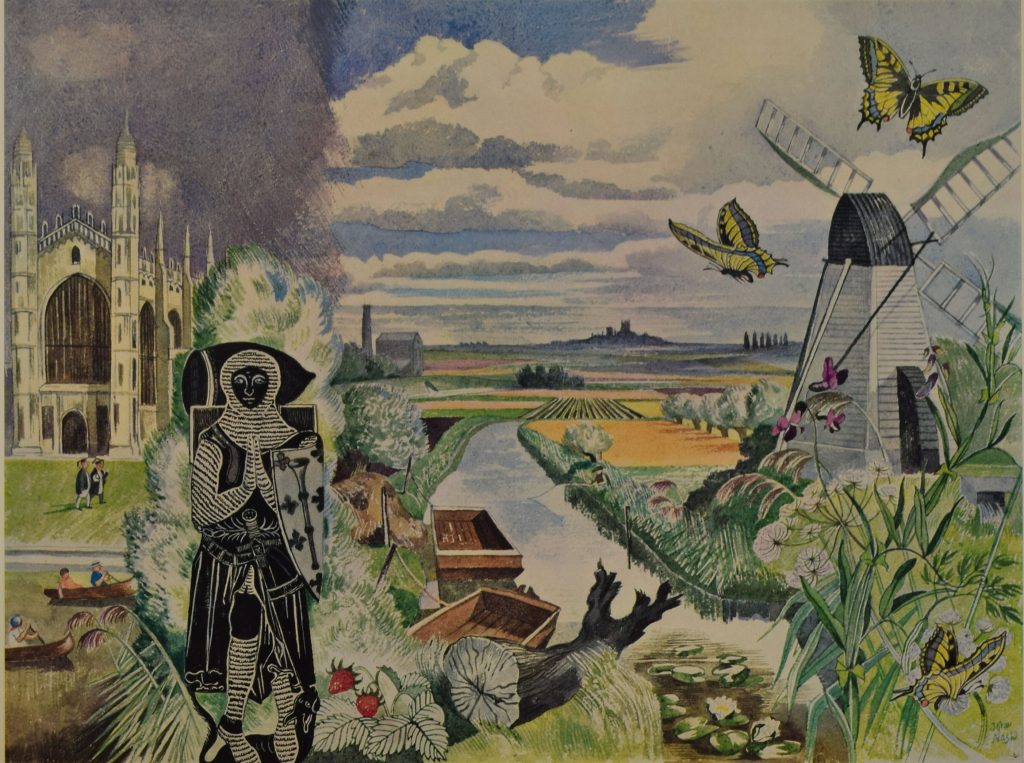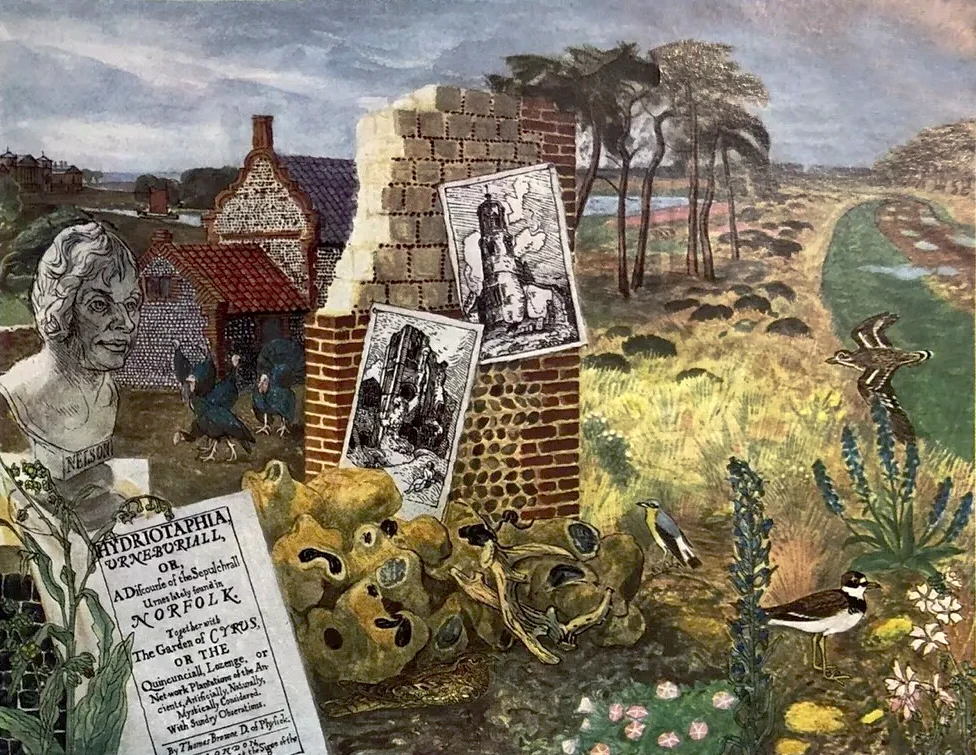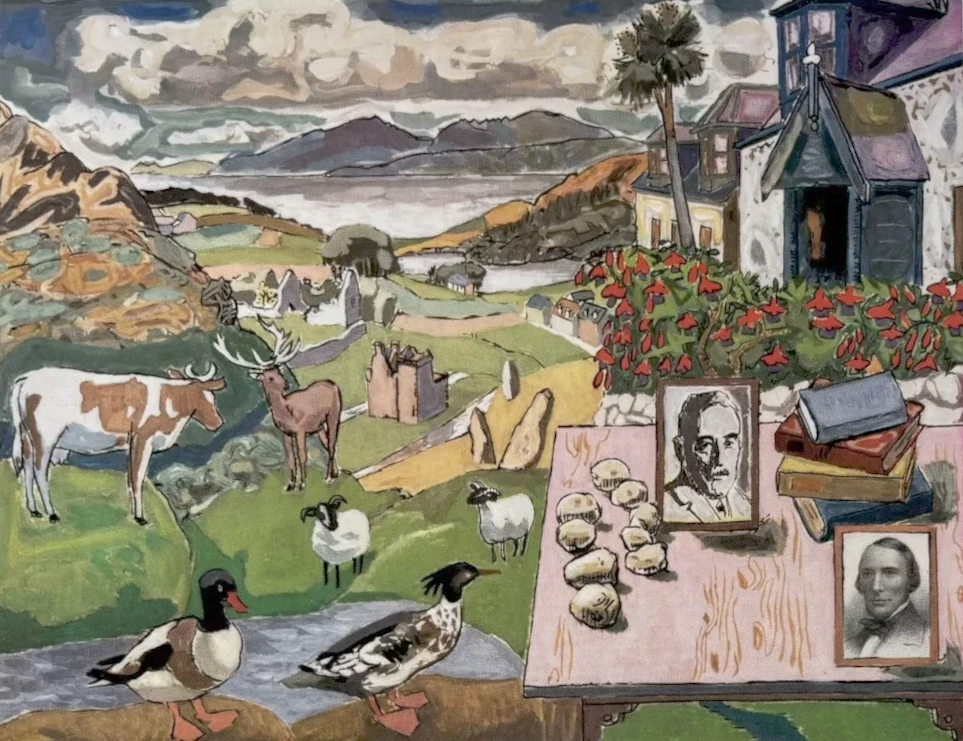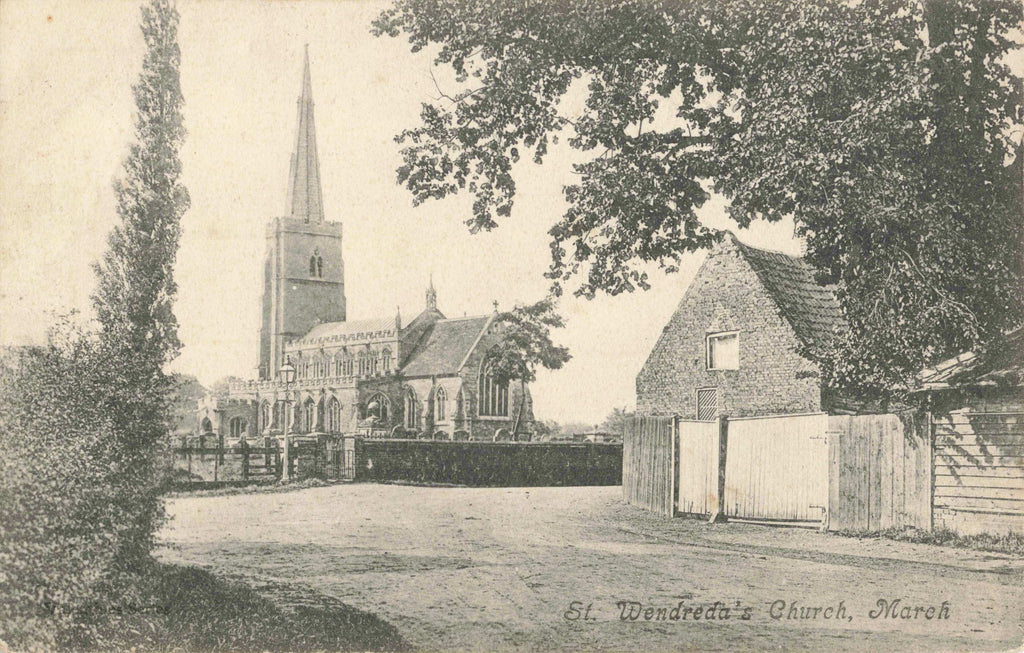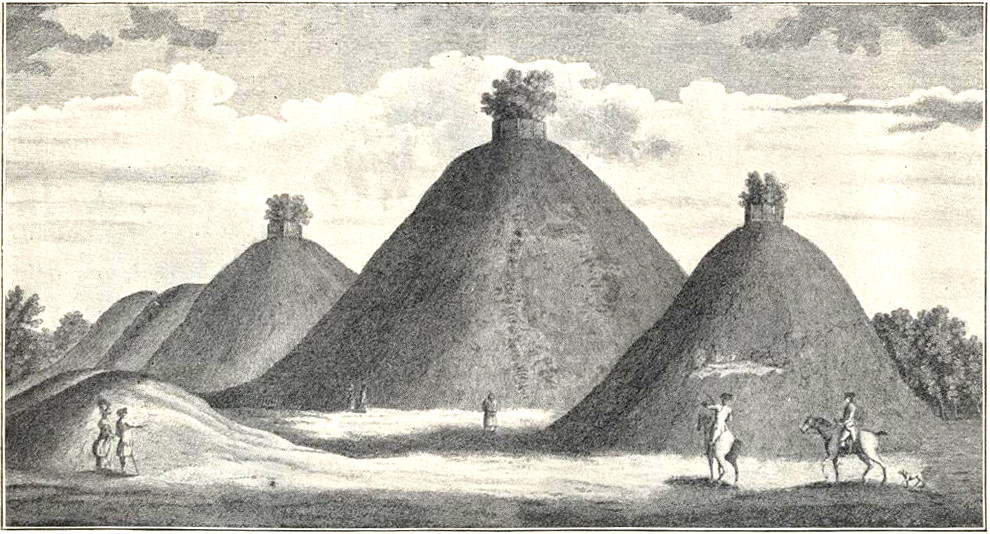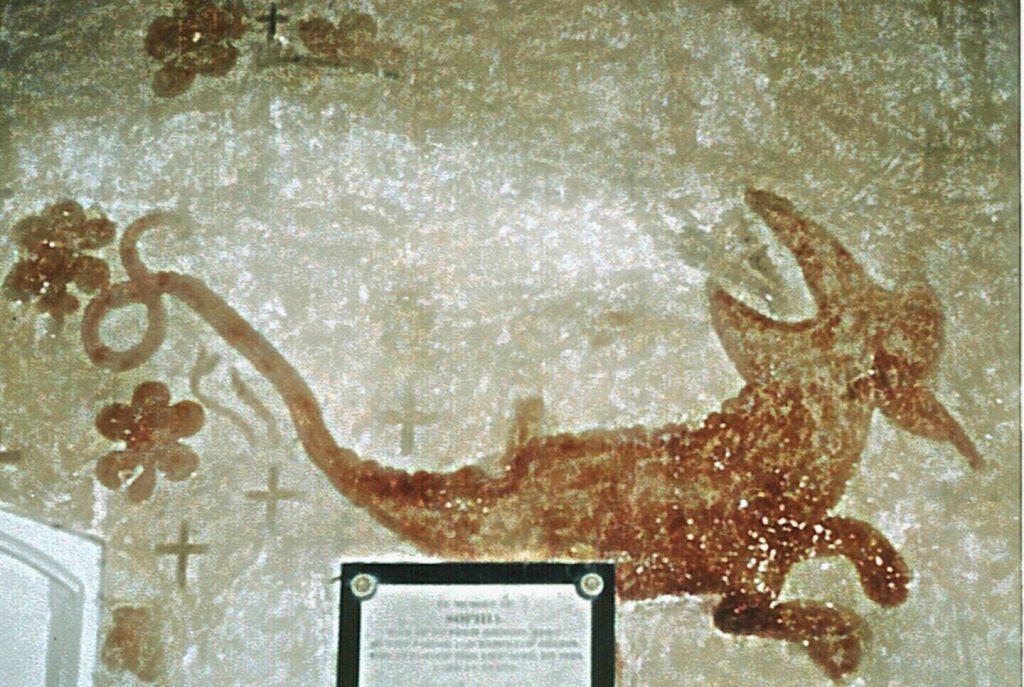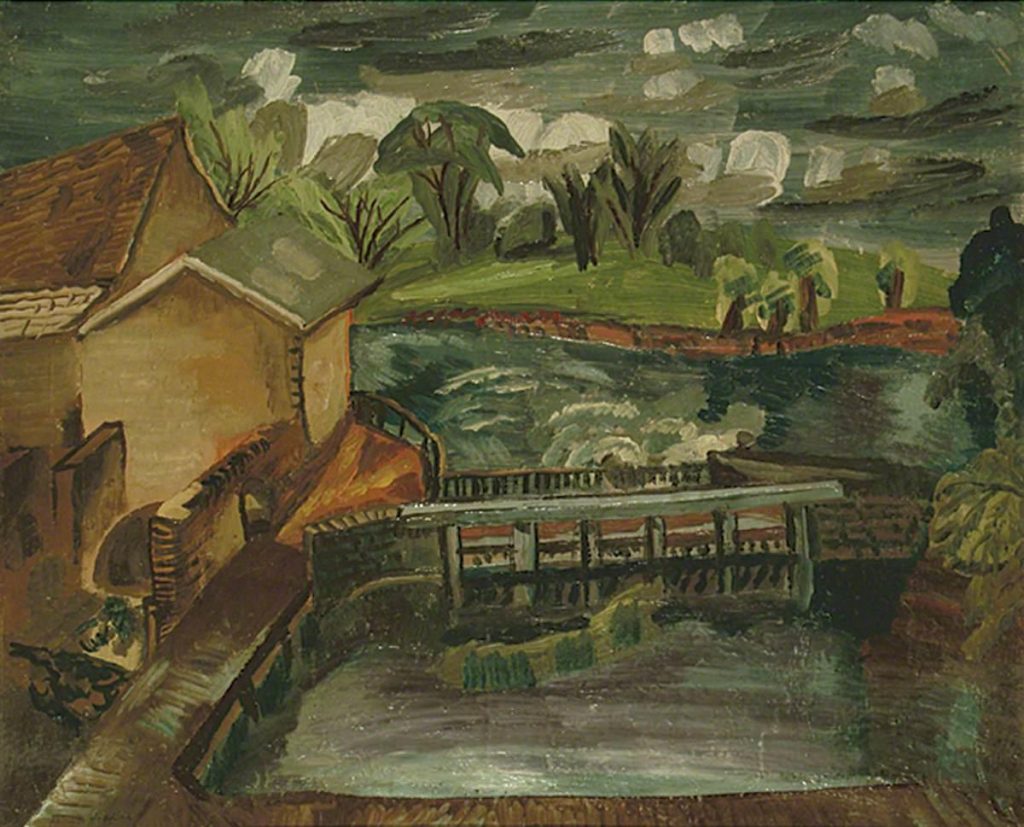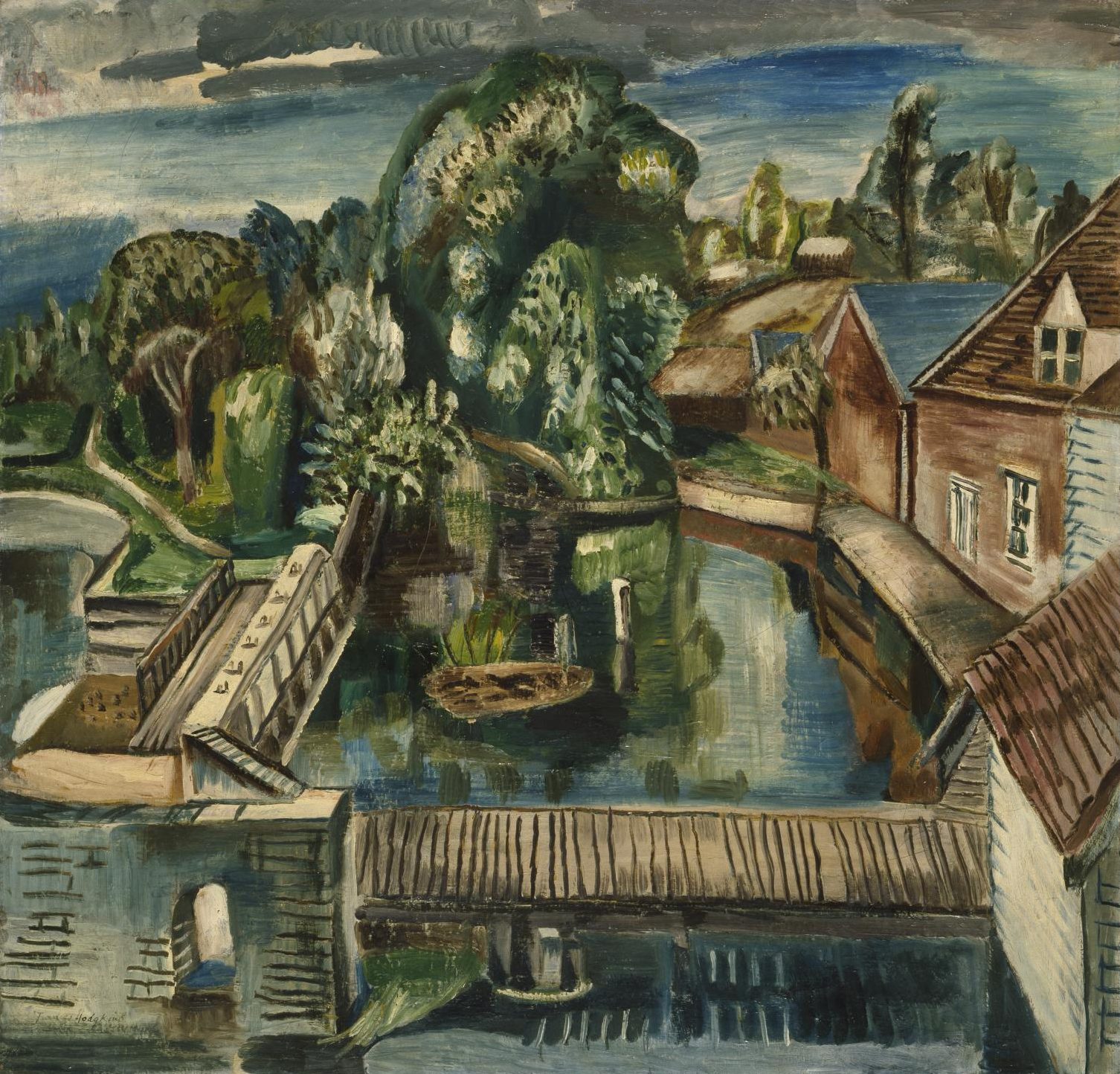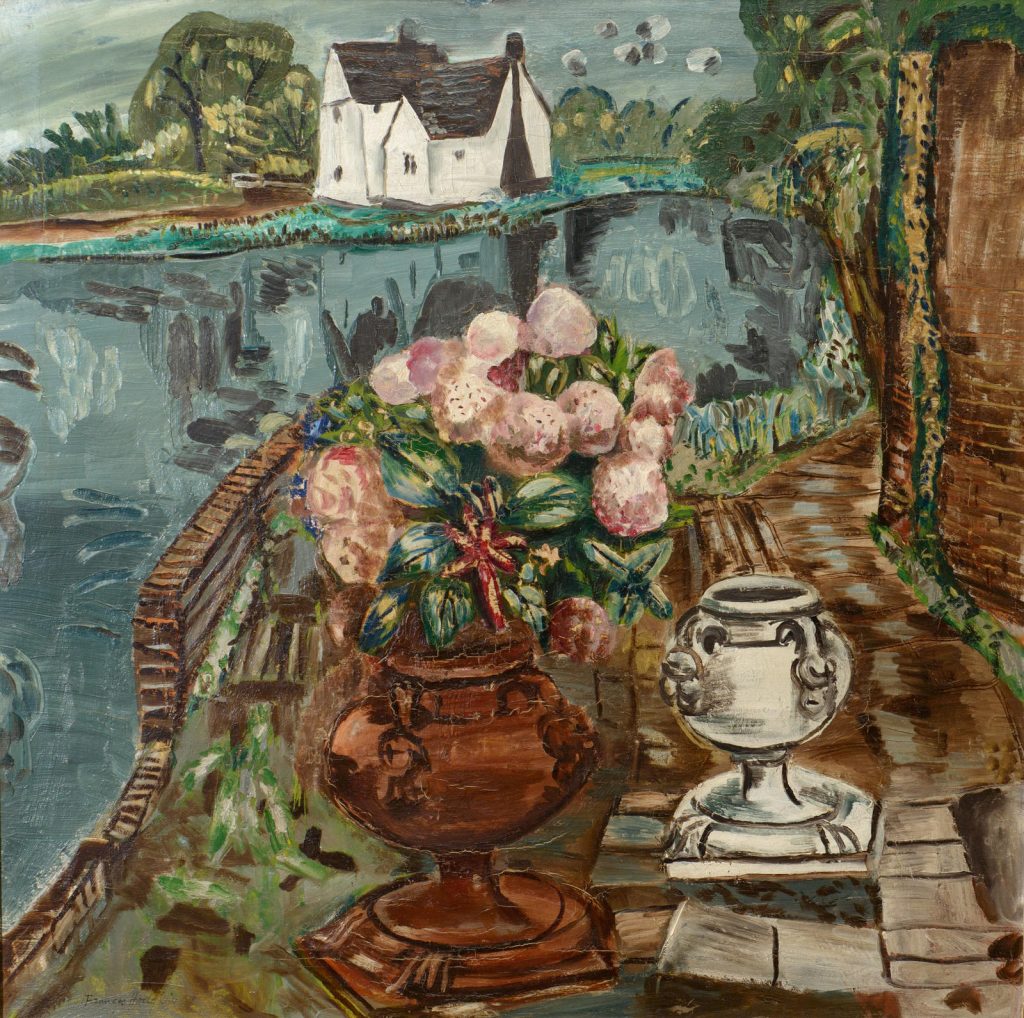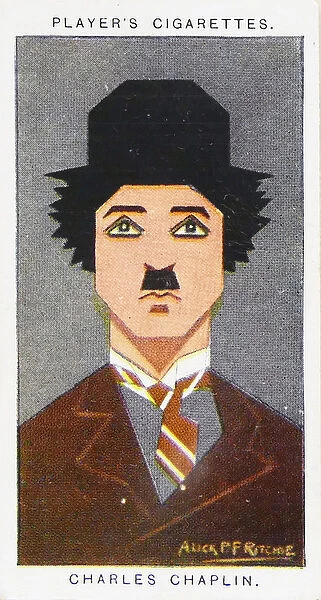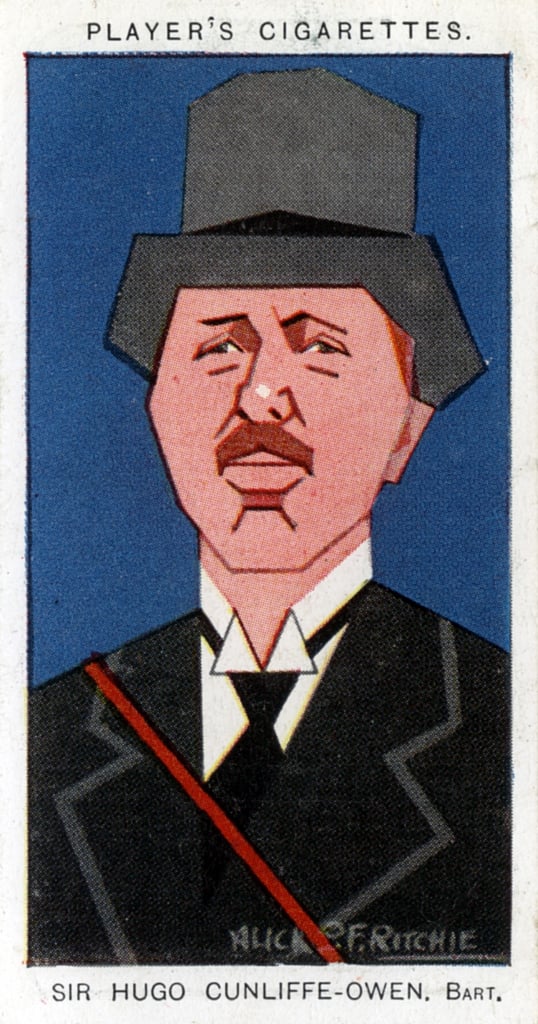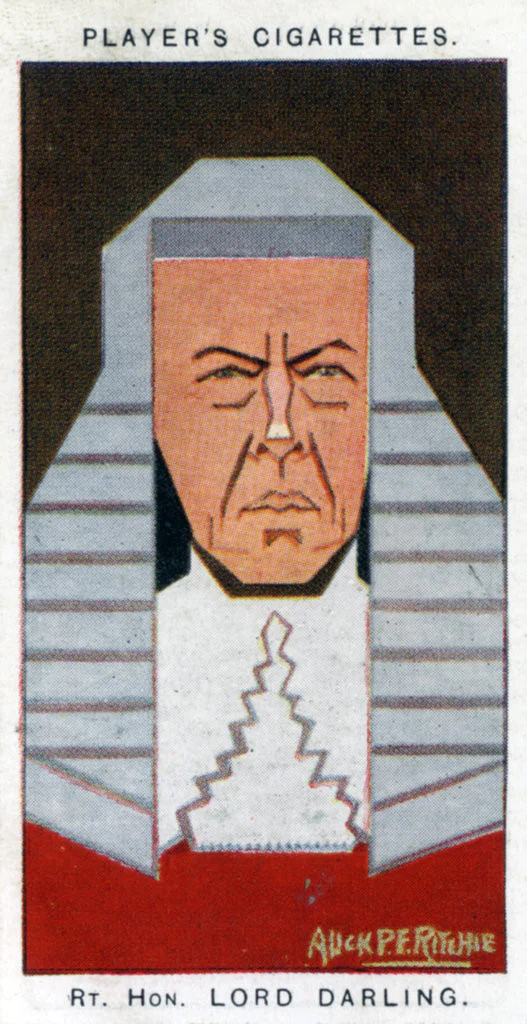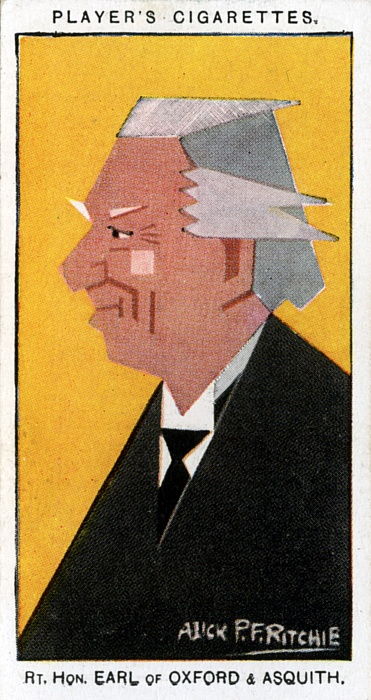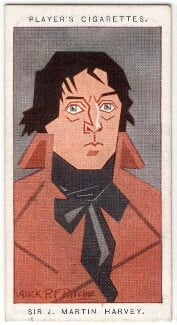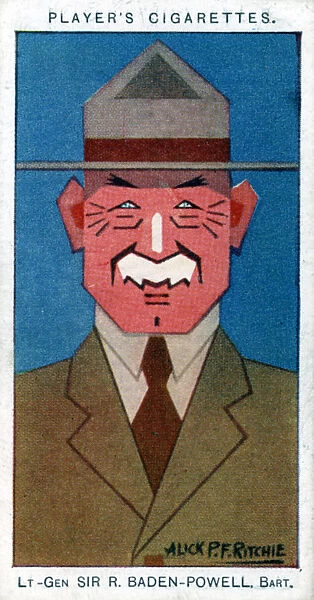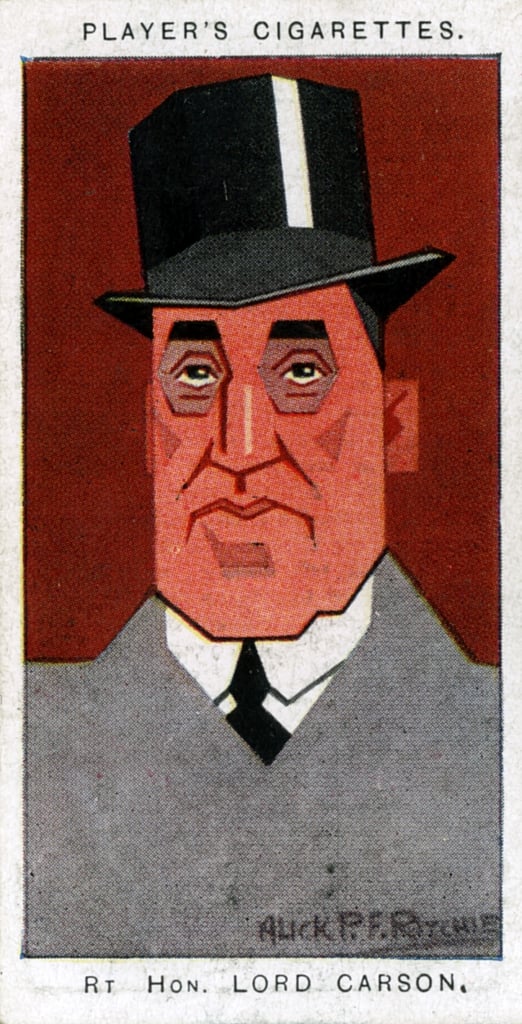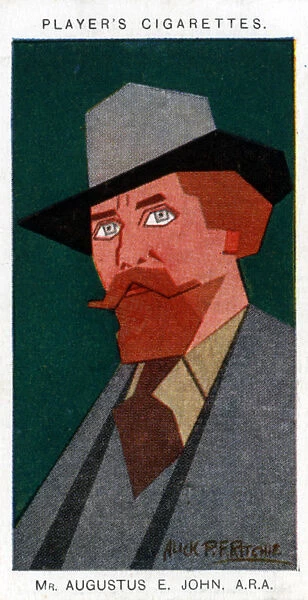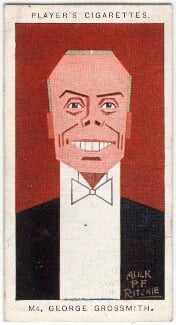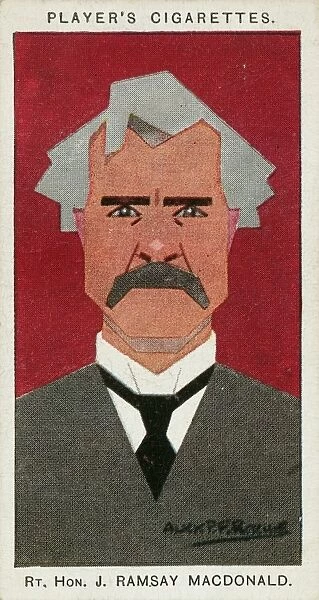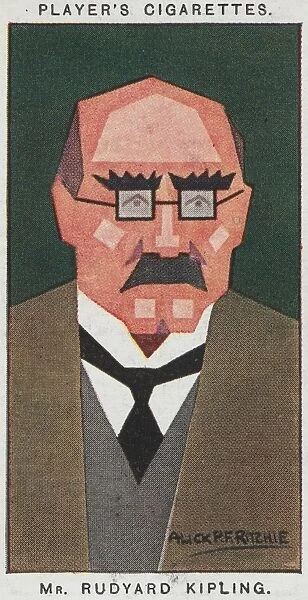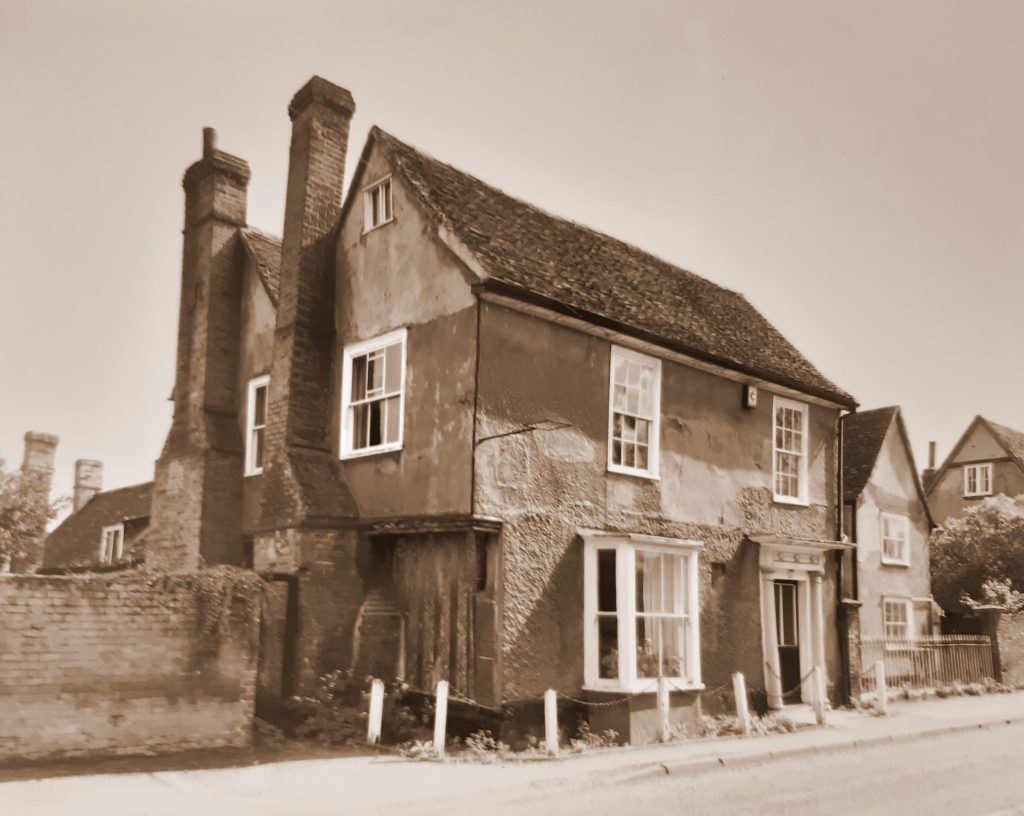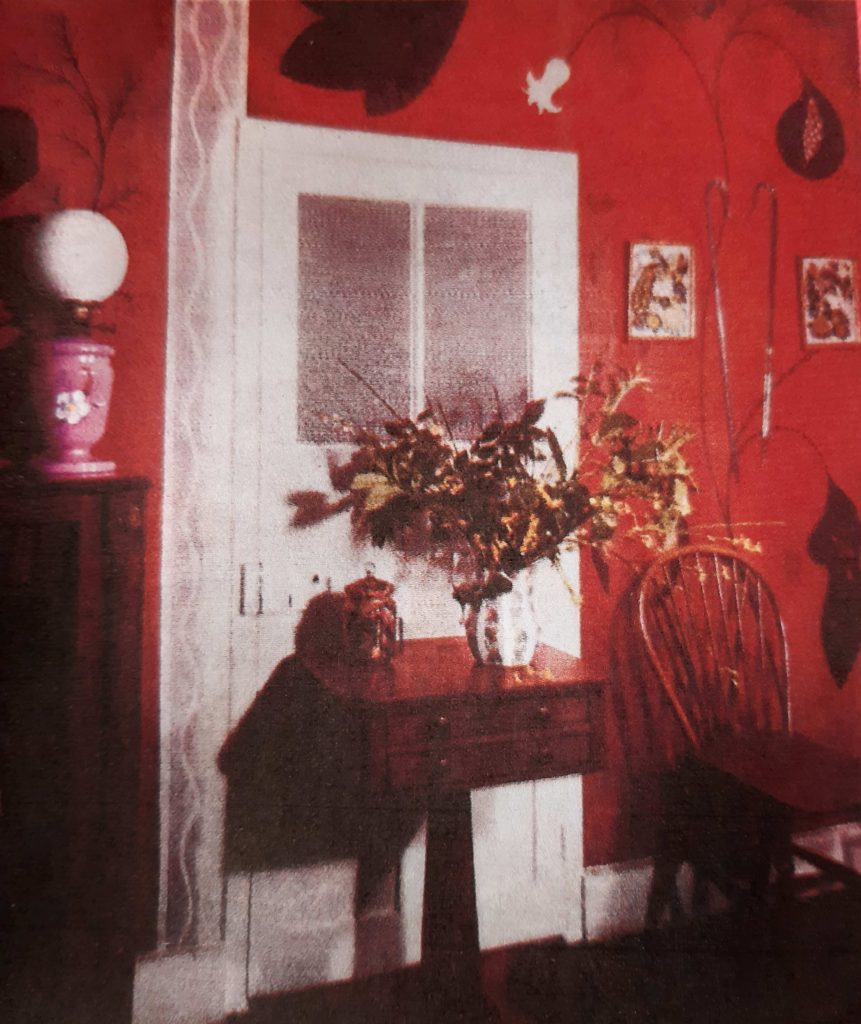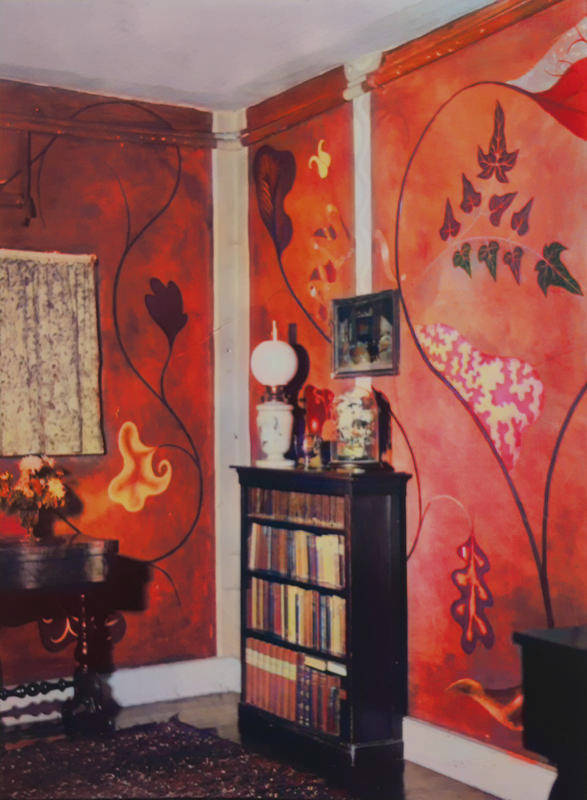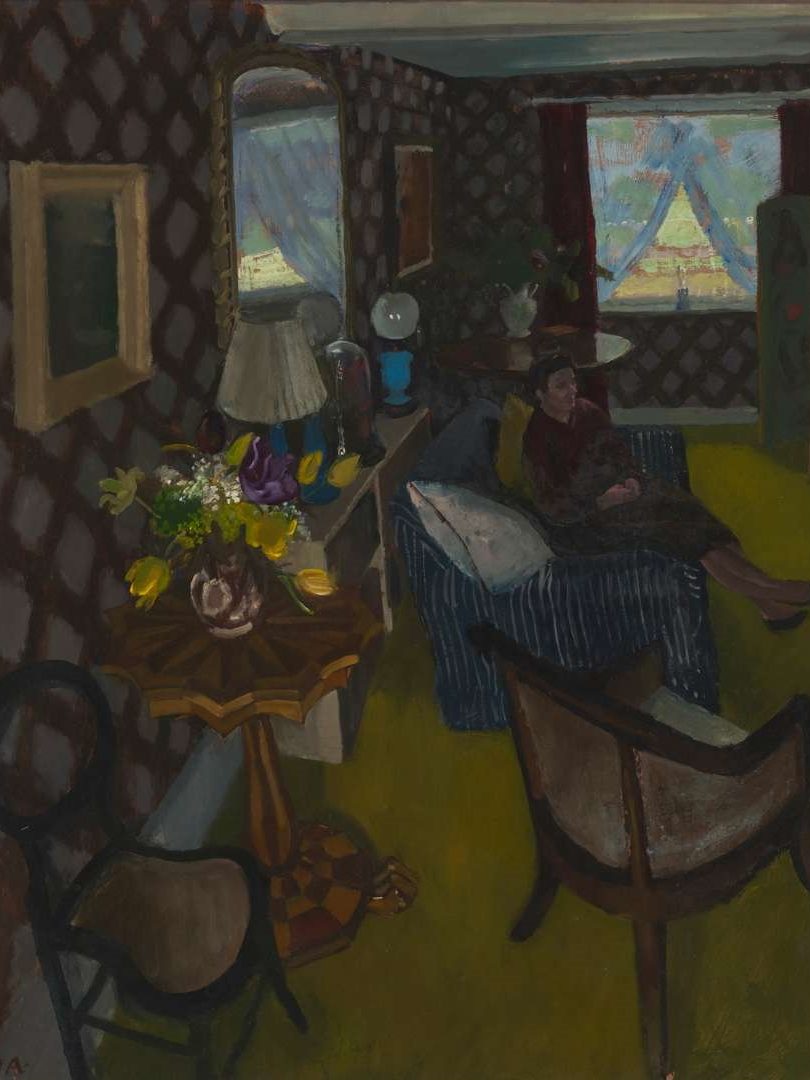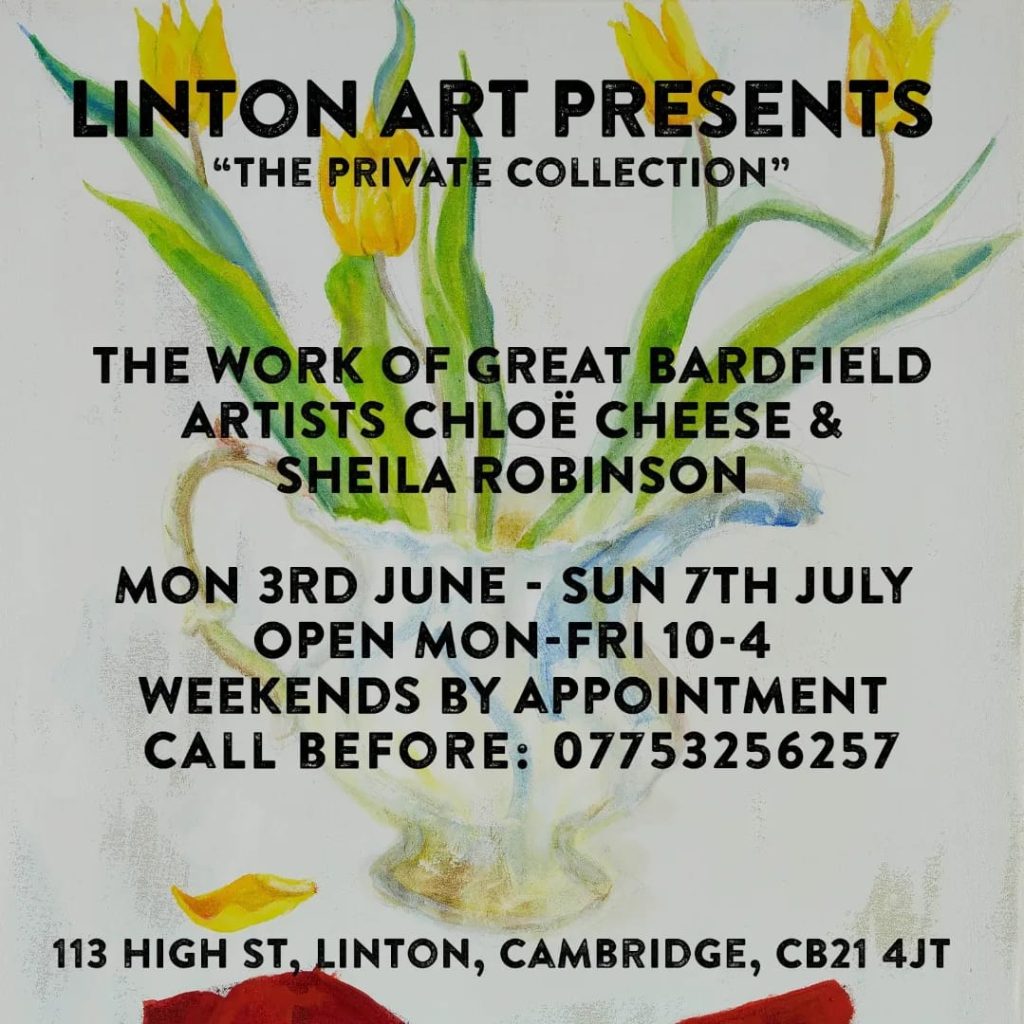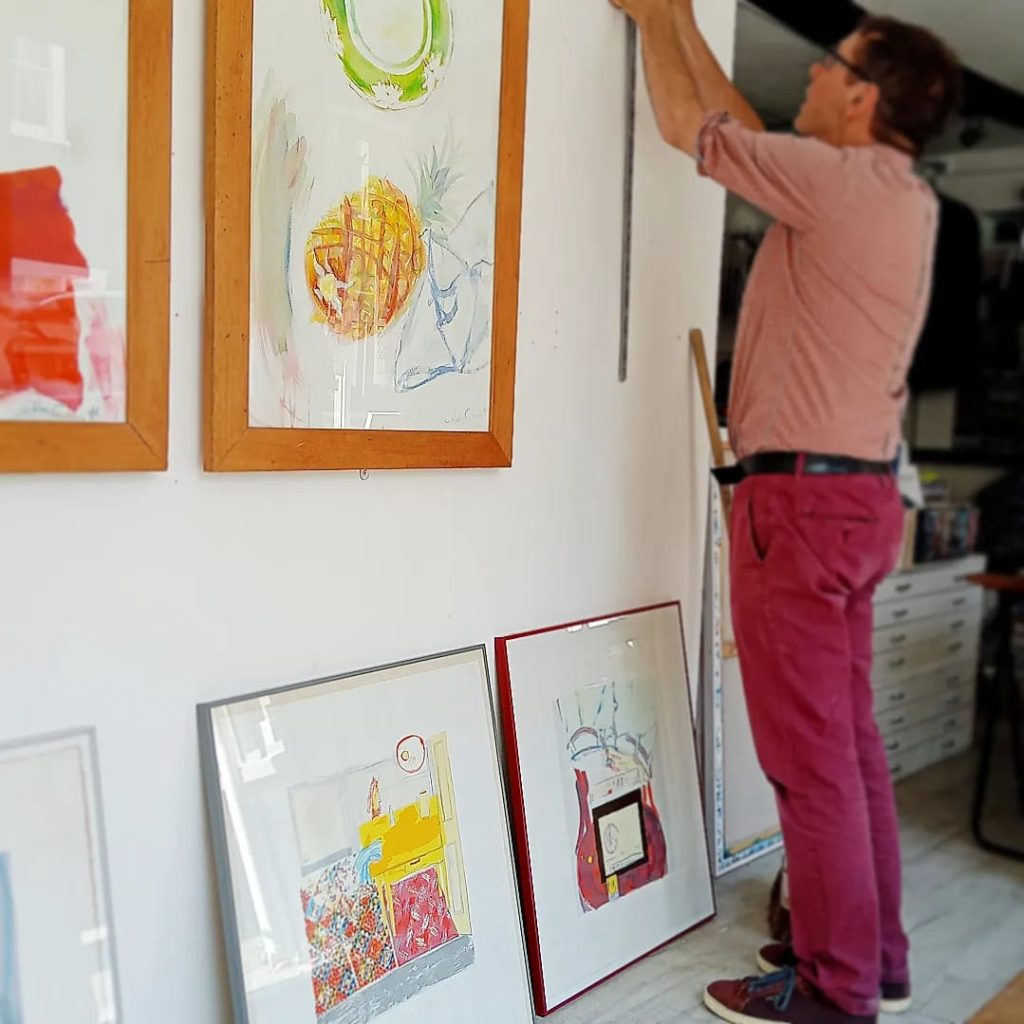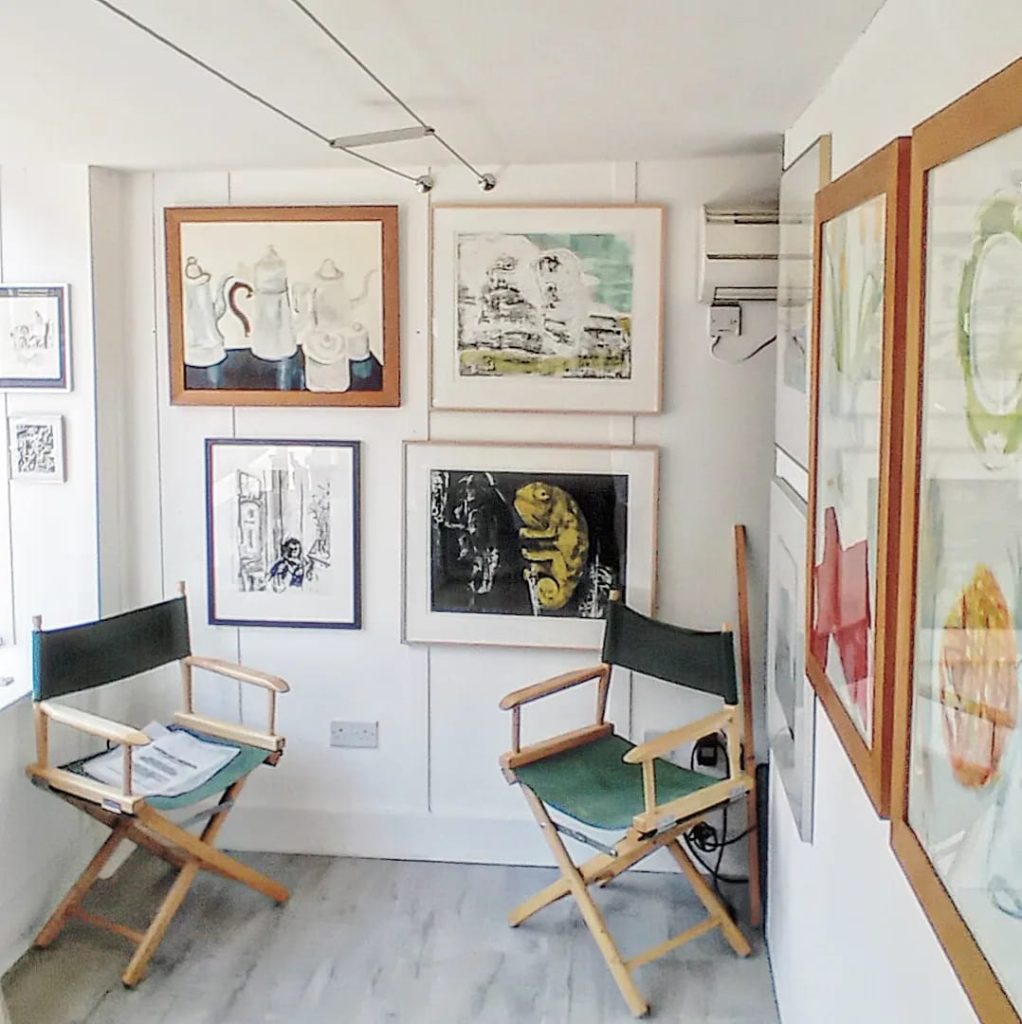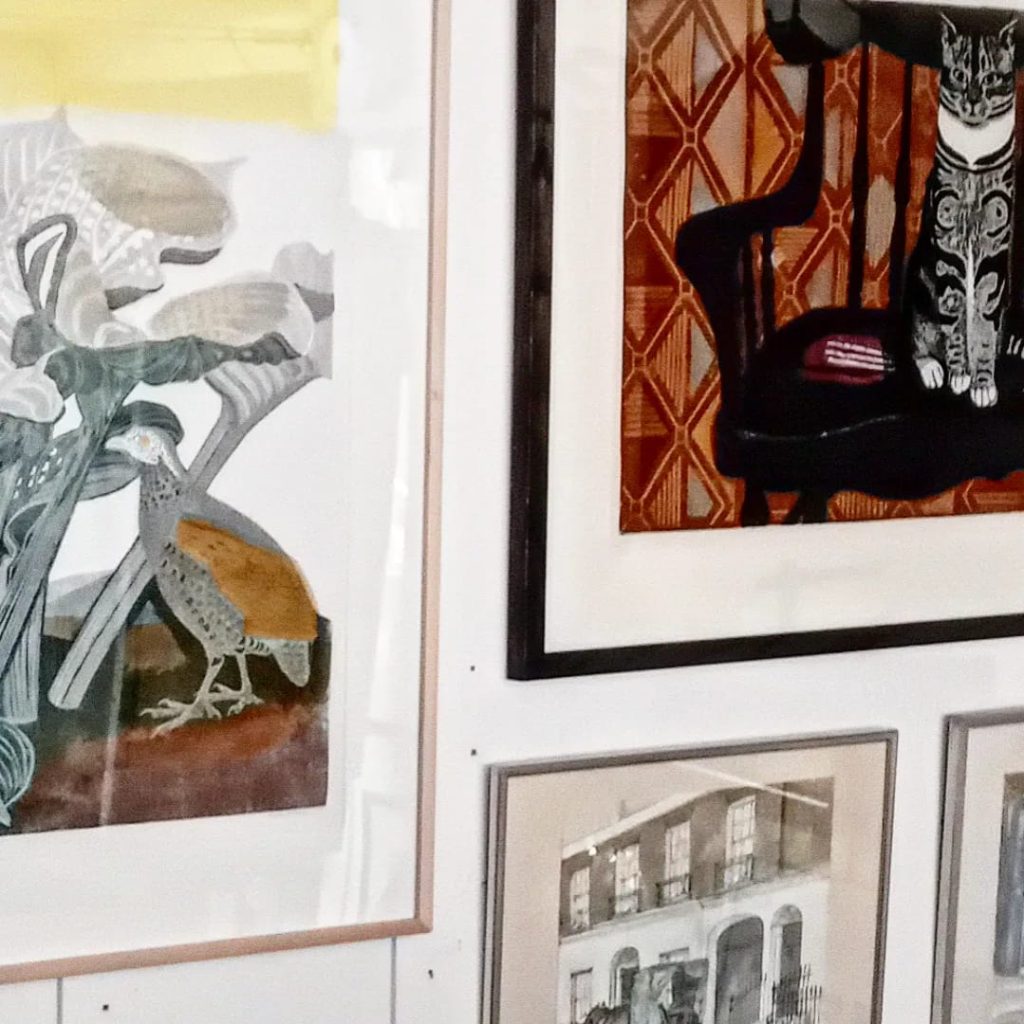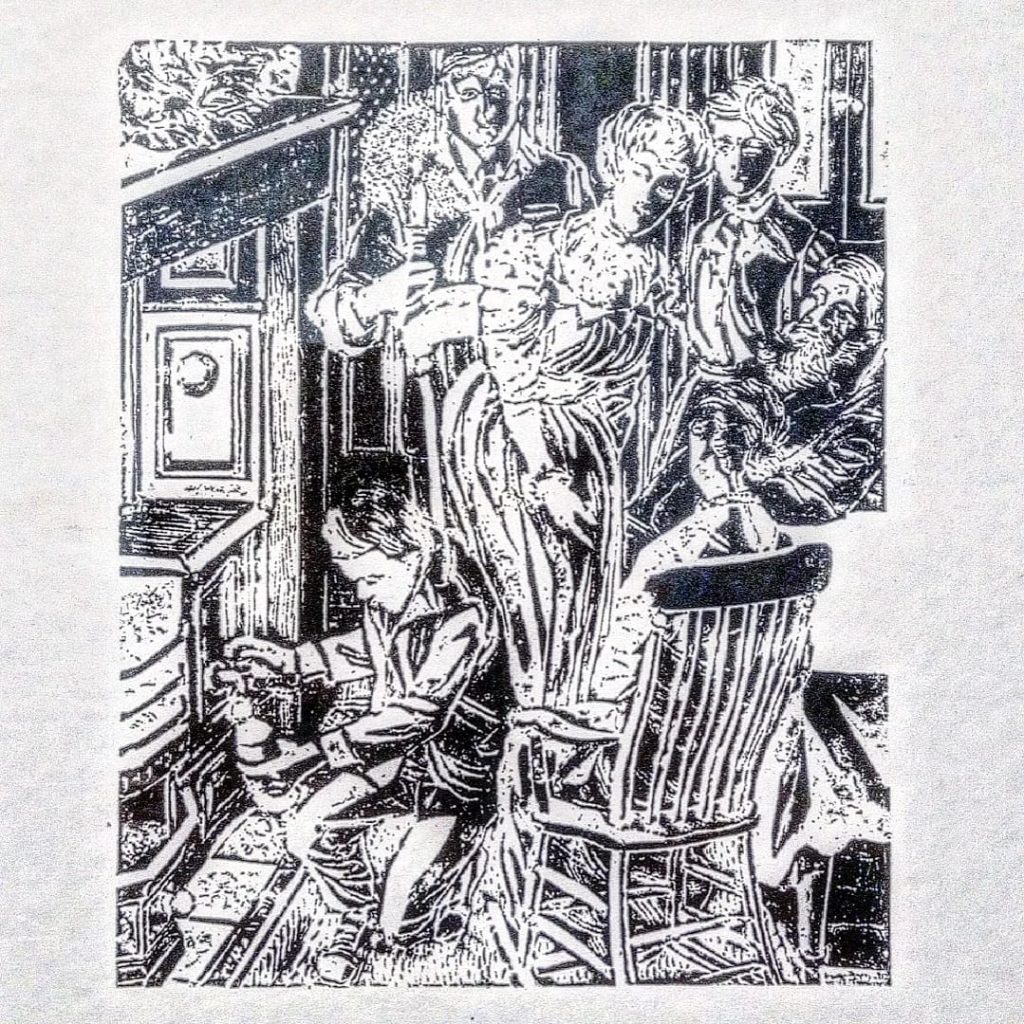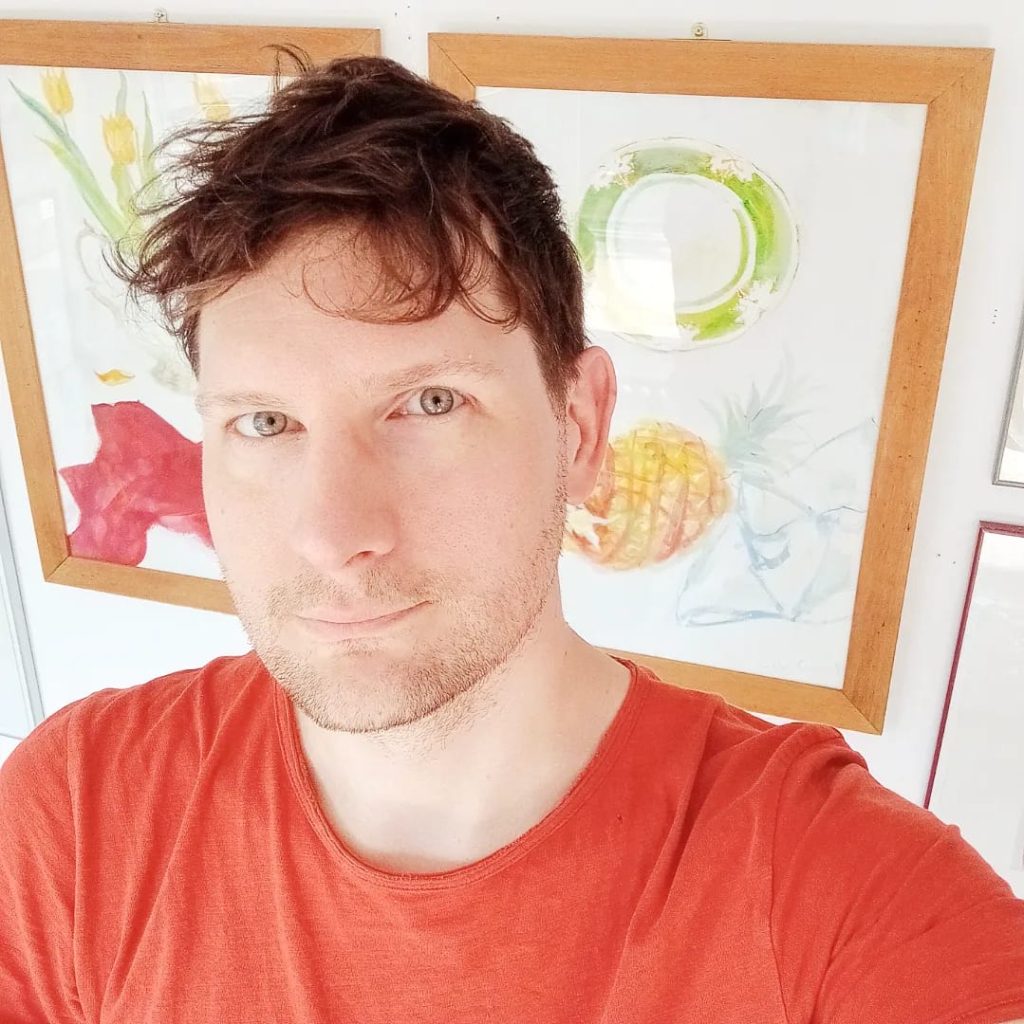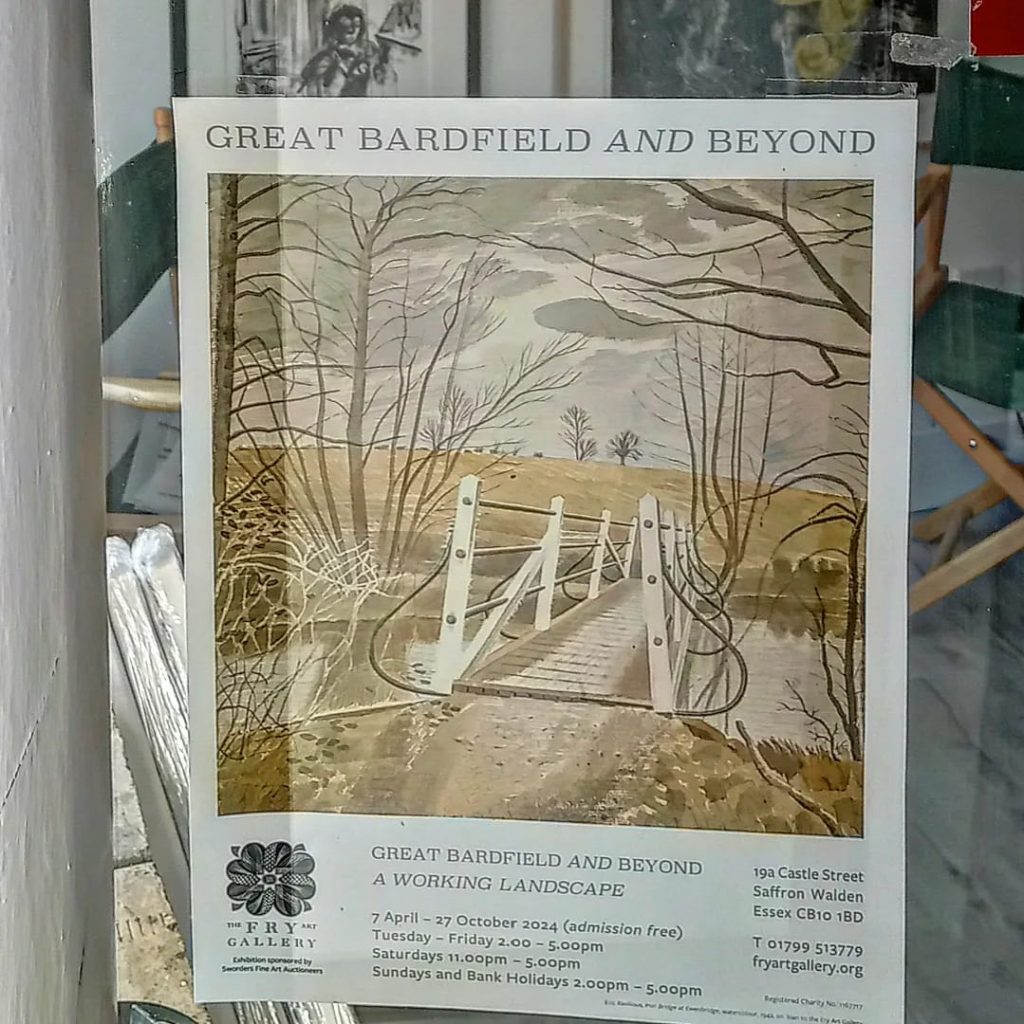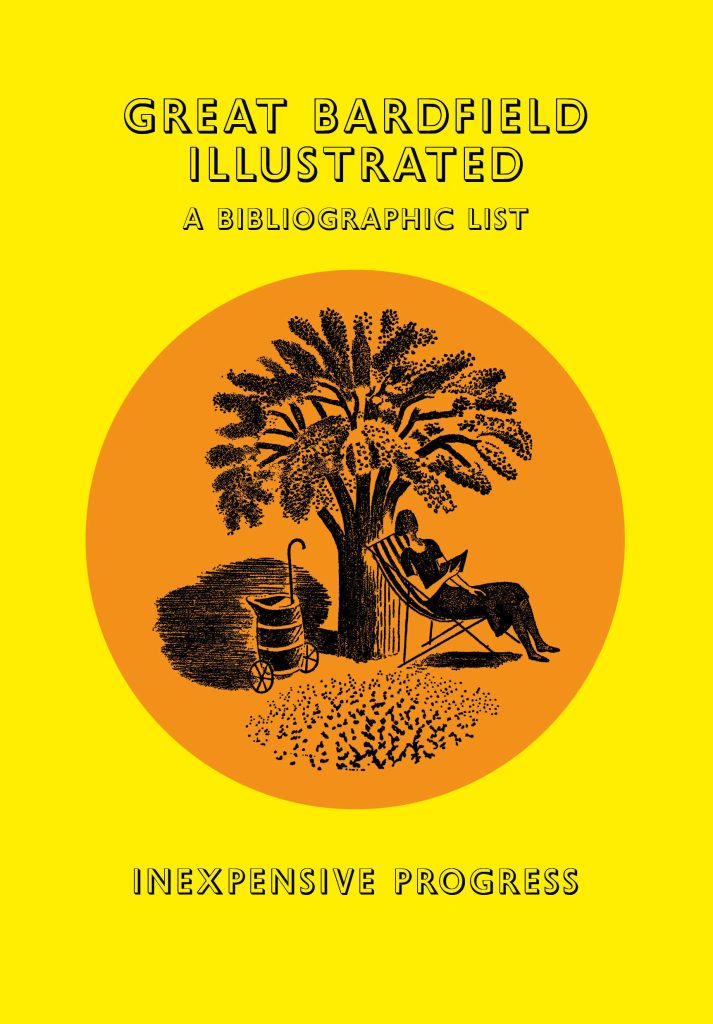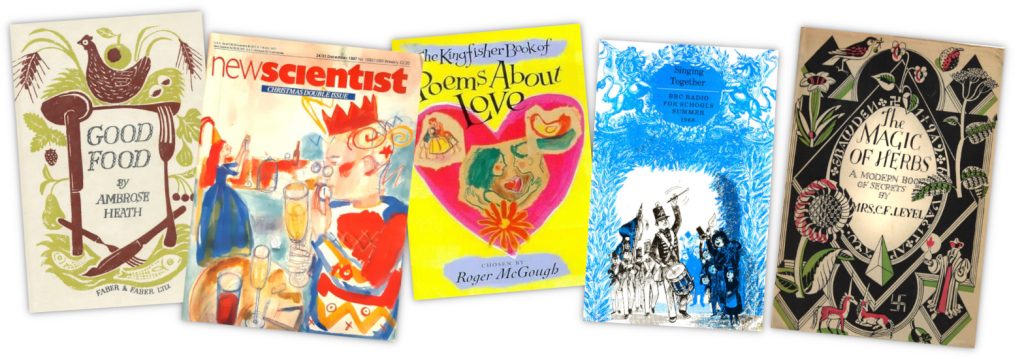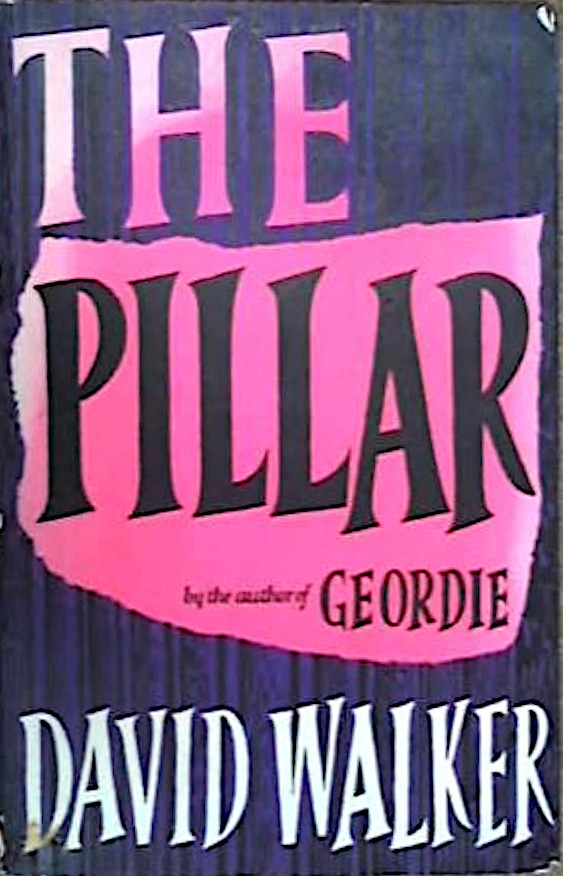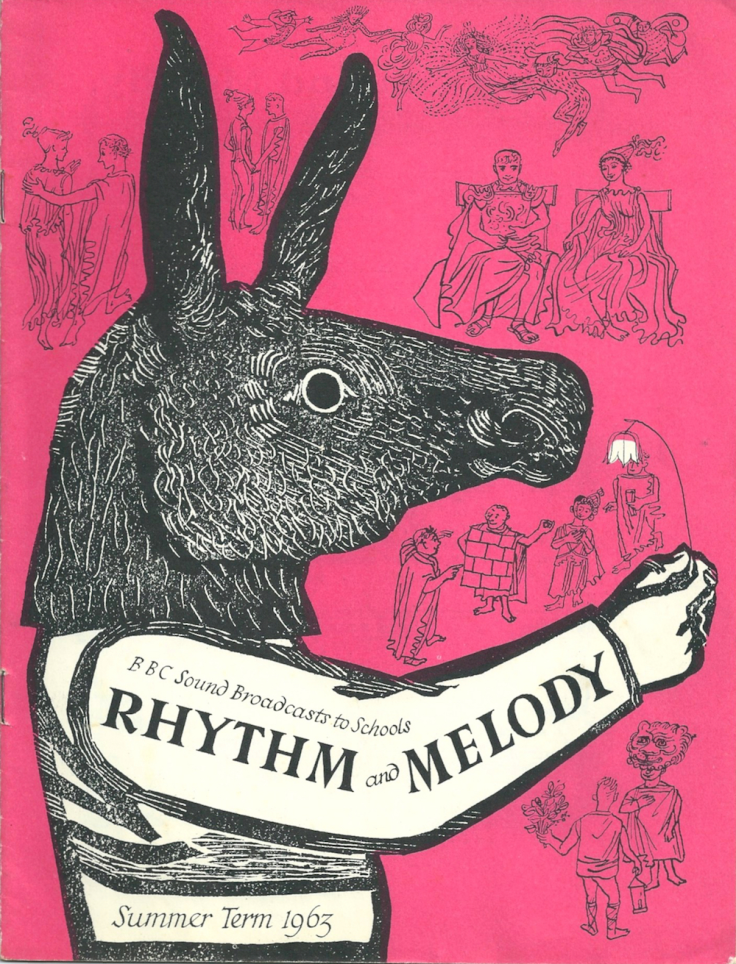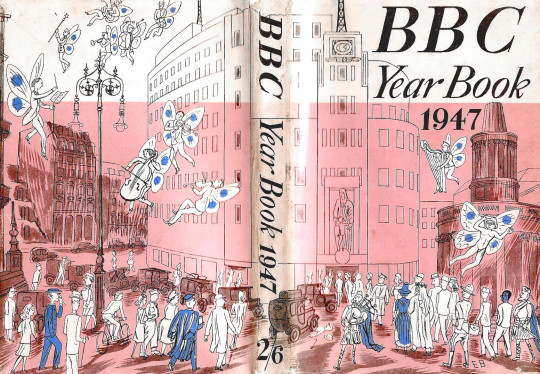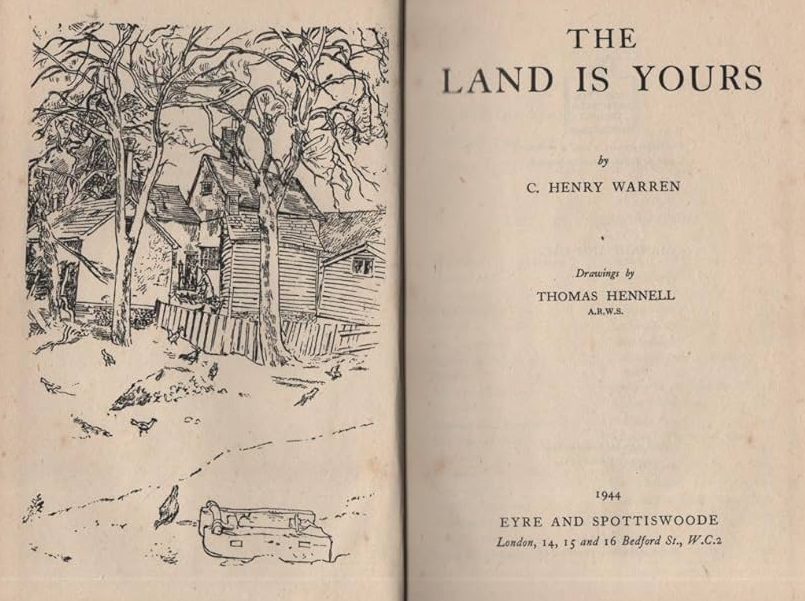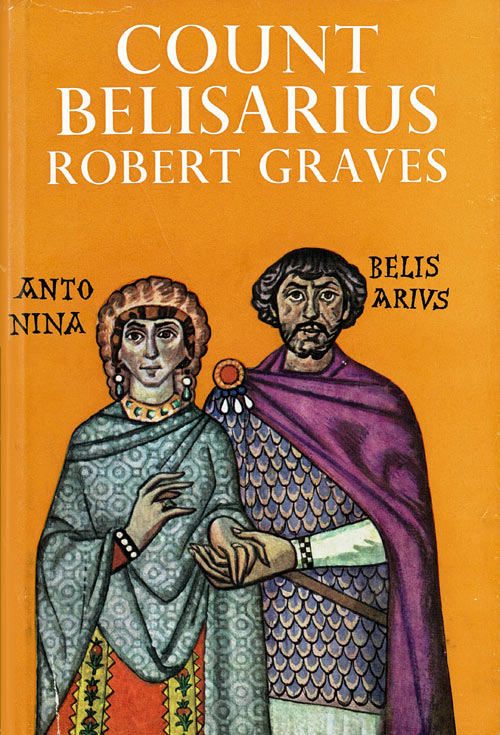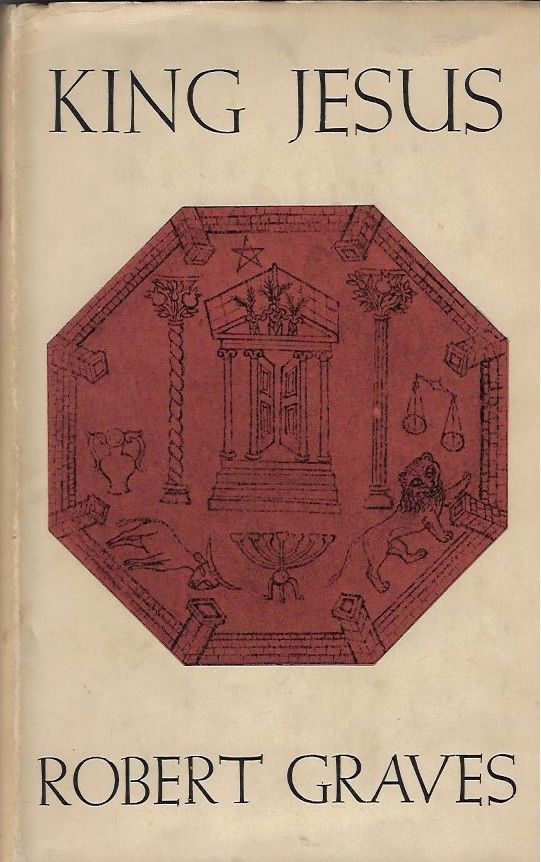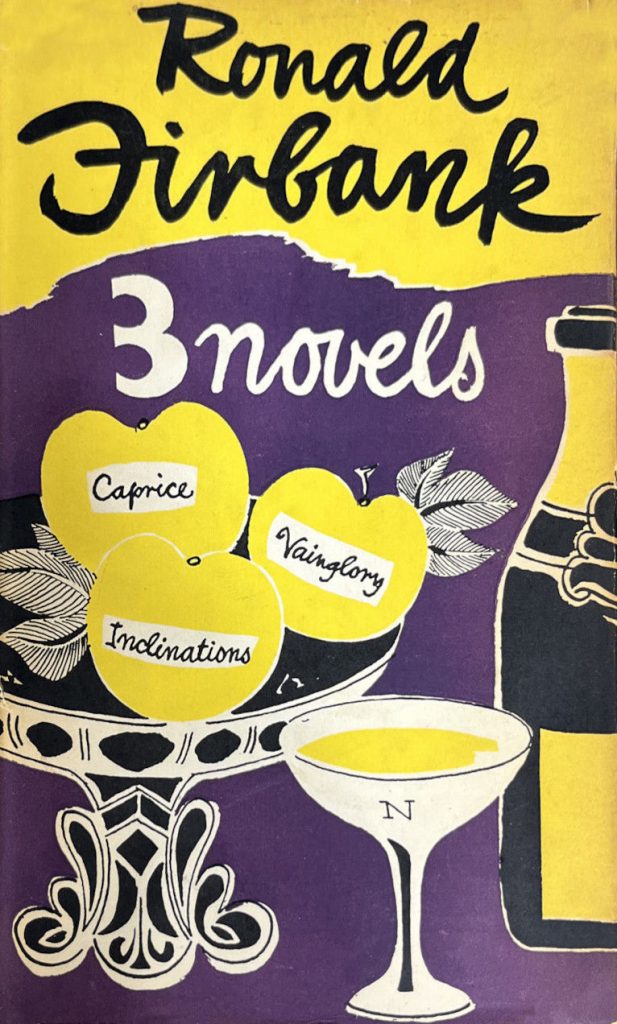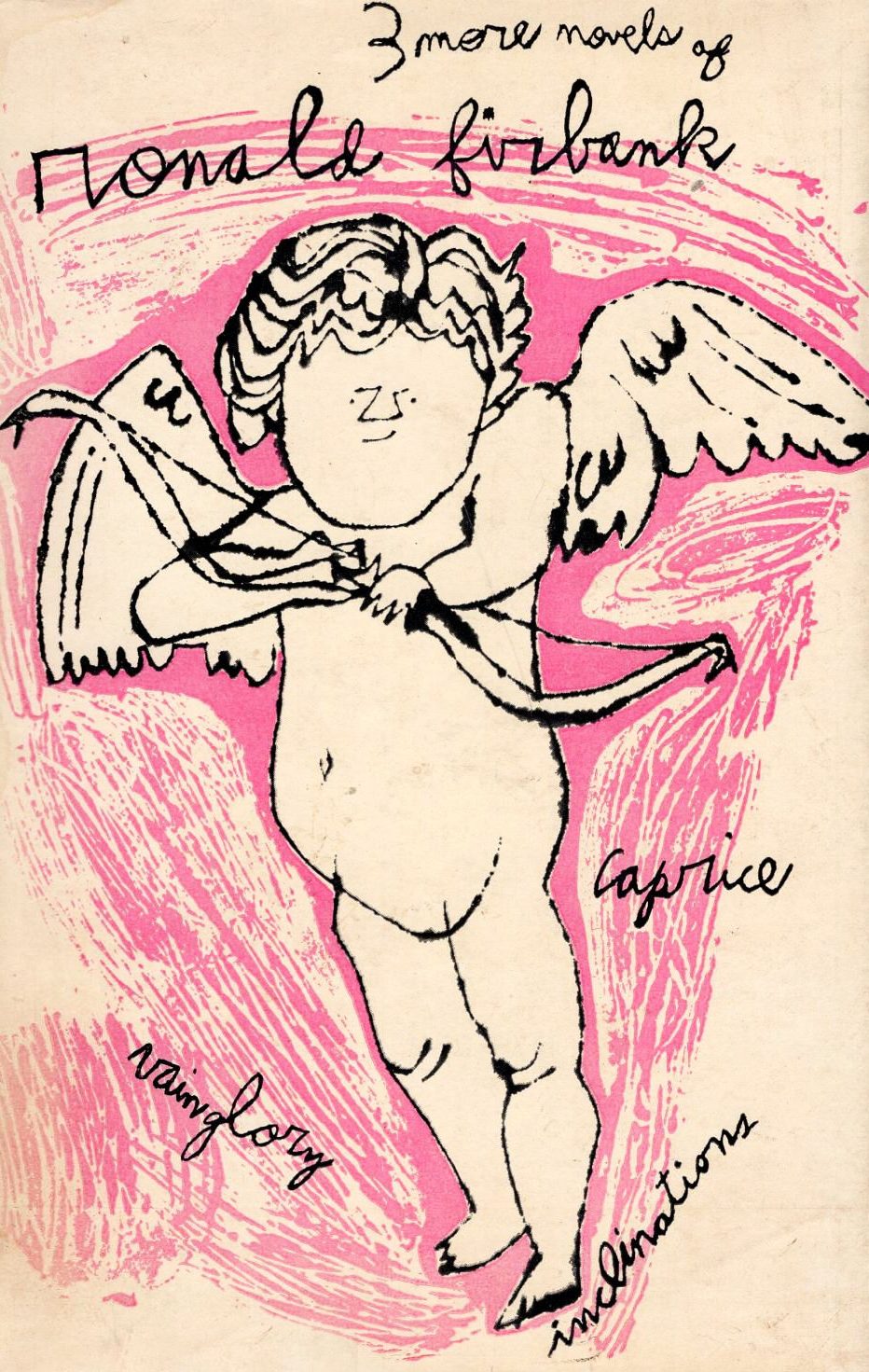Robert Nichols today is remembered for being a war poet during World War One. He was the son of poet and painter John Nichols, educated at Winchester and then Trinity College Oxford and commissioned into the Royal Field Artillery in 1914.
Robert Nichols was brought up in an atmosphere of ancient houses and connoisseurship; he imbibed taste and the historic sense as simply as babies imbibe milk.
William Rothenstein – Twenty-four Portraits (1923)

His first published work was in 1915 in the Oxford Poetry Anthology, followed by a book Invocation: War Poems and Others (1915) was an early example of war poetry before the Georgian Poets became popular. At the age of 24 having served on the front lines for three years he started to give poetry readings. He attended the King’s literary meetings and met the war correspondent Cecil Roberts in Harold Munro’s Poetry Bookshop in Bloomsbury. Roberts remembered Nichols as “an emotional and histrionic reader of his own verse”.
This sort of networking got him a trip to America to give readings to the public as part of the propaganda campaign to get the Americans to join the war. After the war he moved in the fashionable sets. Becoming a close literary friend of Edith Sitwell and a pal of Aldous Huxley.
He had a love affair with Nancy Cunard who became his muse for Aurelia (1920), but moved to Japan to teach English Literature for four years. On a trip home he met and married Norah Madeline Denny,
They moved to Canada and America before returning to the UK. In 1928 he co-wrote the play Wing’s Over Europe, about the building of an Atom bomb. It was a success and ran for 90 performances.
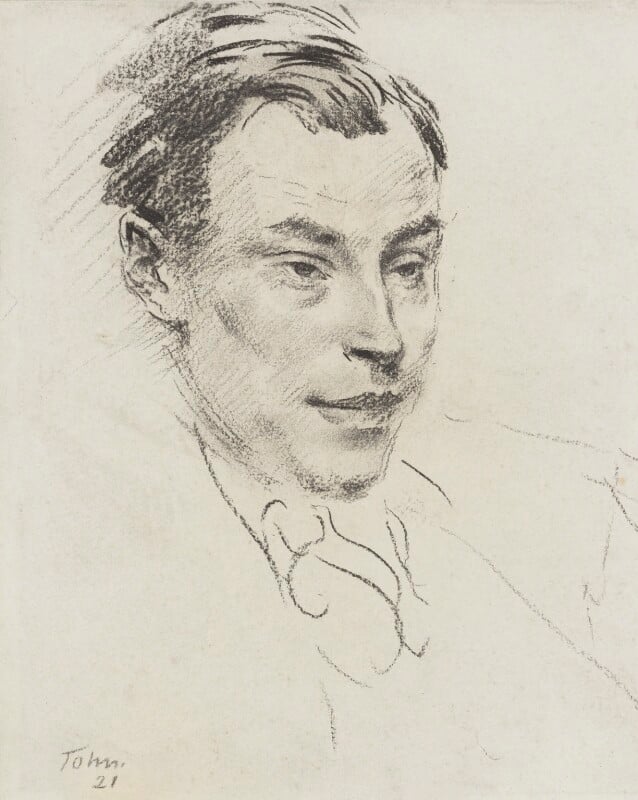
From 1933 to 34, Nichols lived in Germany and Austria, moving to the south of France until 1940 when the war made residing there impossible.
I can’t find any record for his wifes death or if they divorced. In 1944 Nichols is living at 12 Newnham Terrace with the artist Cecil Collins. This friendship might have inspired Collins to write his first book of verse, Vision of the Fool, penned around this time and published in 1947. Collins has been toying with poetry and an early work of his was published in the New English Weekly in 1936 that was included in the International Exhibition of Surrealism two years later. Having a poet in the house must have been a good motivation and sounding board. In 1948 Collins lodged with Enid Welsford, author of The Fool: His Social and Literary History, living in the old stable at 7 Grange Road.

However a few months later Nichols died in December 1944 and was buried in St Mary’s Church, Lawford in a plot with his father.
In 1985 he was inscribed into Westminster Abbey for a plaque of War Poets with fifteen other names.
